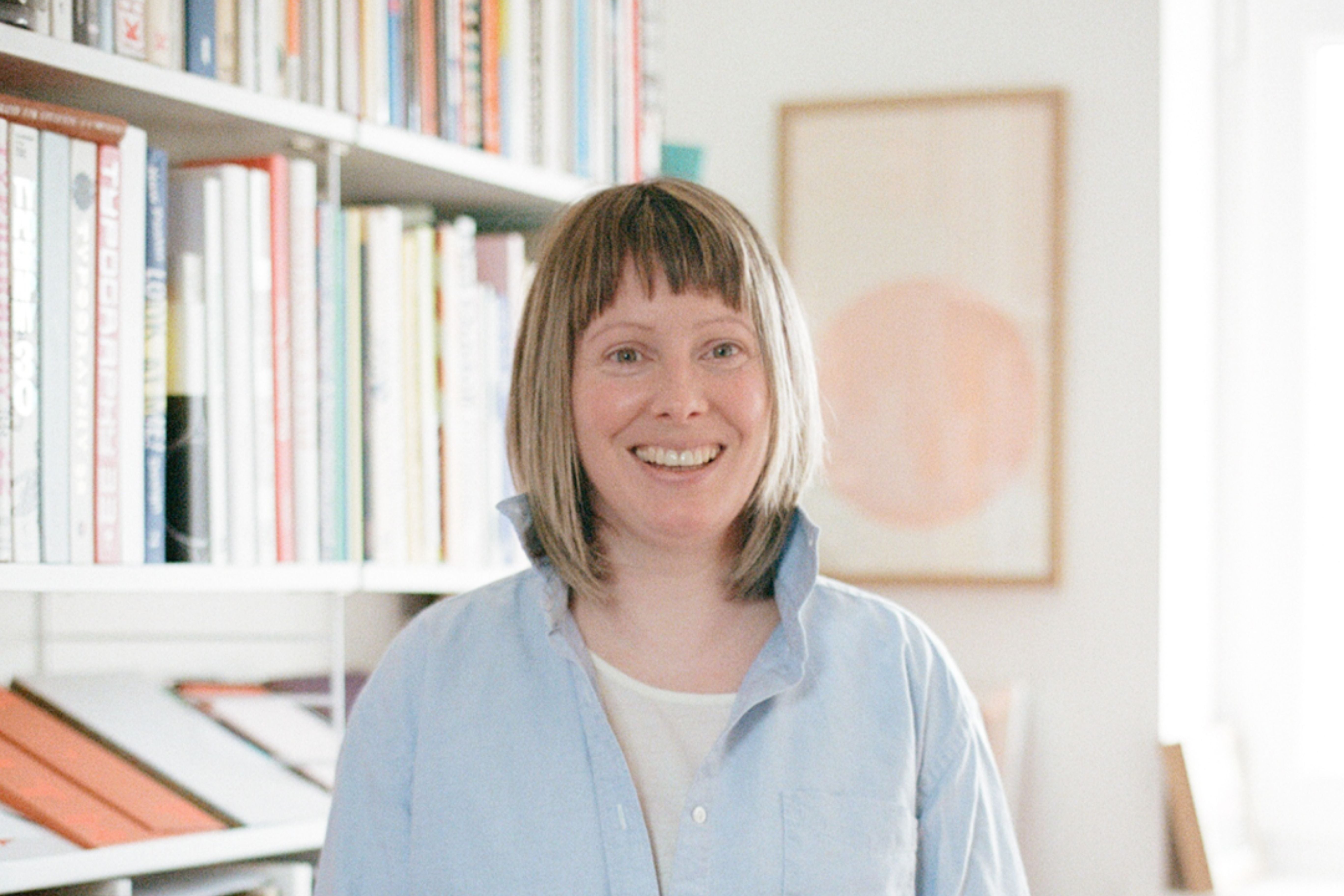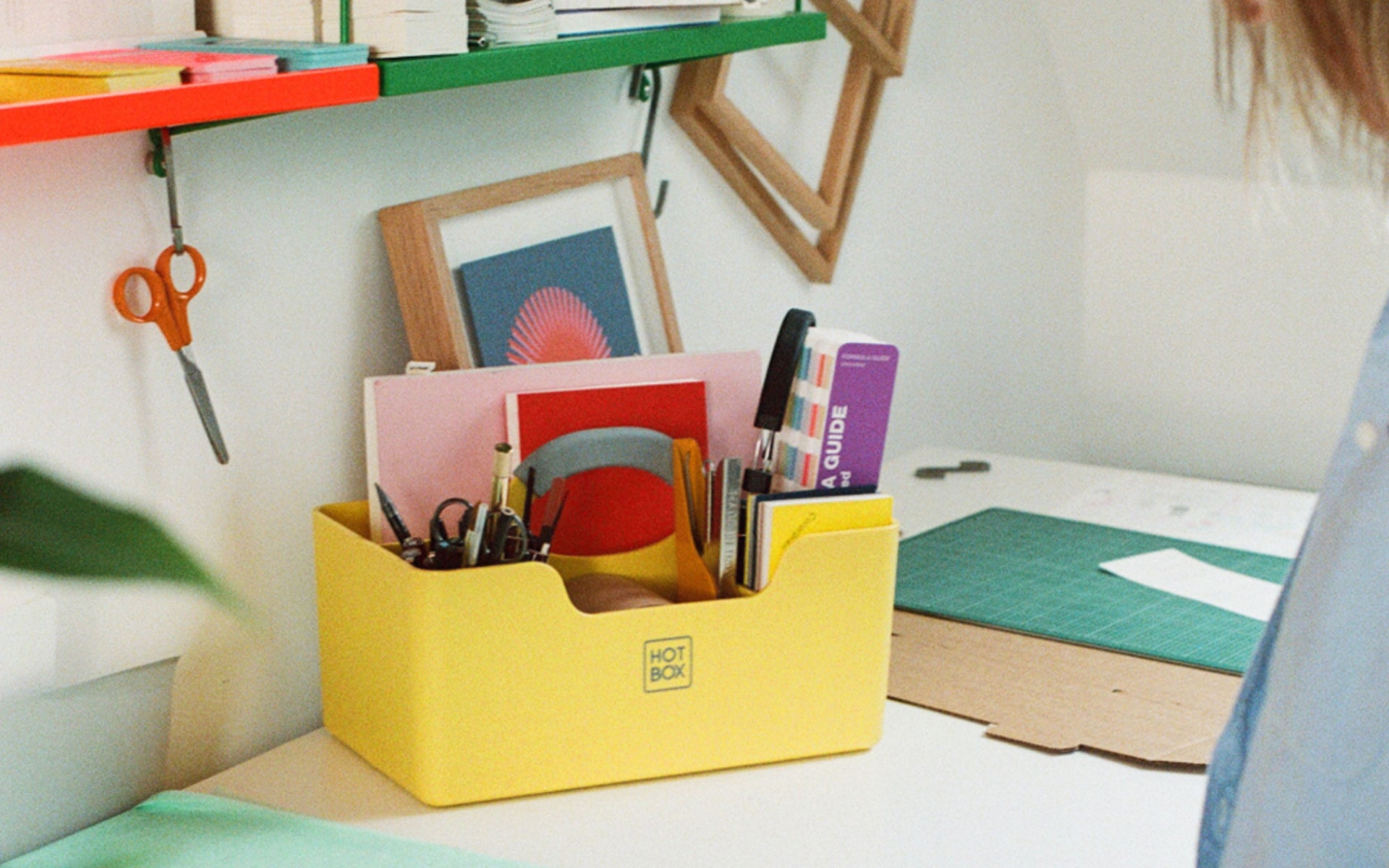Rebecca J Kaye is an artist and designer based in Edinburgh Scotland. Her home-studio Ploterre is dedicated to the pursuit of providing a deeper understanding of the natural world and the species that call it home.
The artwork Rebecca creates is unique as it is rooted in her mathematical background. She uses data in place of a map to shape each limited edition print, from the materials and tools used to the final design of each new piece. All of her work is produced in small runs in the UK and is made to have the most minimal impact, using human-powered, traditional processes and local, natural materials.
We spent some time in the Ploterre studio to learn about how Rebecca’s space impacts her work and how defining her ‘Workstyle’ at home was fundamental to cementing her creative practice as an artist.

Can you tell us about your journey into creating your own studio space at home? What was your main inspiration for setting it up?
I’d been planning on moving my studio space into my home for a while as I had my prints stored at home, printing facilitates on one side of town and a studio space on the opposite side. But it was difficult to draw a line and move everything at once. Then lockdown came a couple of months after I’d just finished painting the room that was to become my studio and so everything aligned.

How did you design and set up your studio space? What were the key factors you considered to make it both functional and personally inspiring?
My key factors were light and storage space. I’d had spaced before that felt more like a storage unit than a working space and so I wanted to make sure I had plenty of room to store prints and packaging and for it still to feel like a calming working space. Luckily it does and with a front and a back window, the space gets plenty of light regardless of the time of day so its perfect.
How does your studio space influence your creative process? Are there specific elements in your studio that particularly enhance your productivity or creativity?
The main element that enhances creativity and productivity are my books. Having space for those was really important. And because I built additional storage space into the walls for packaging etc, having the space to actually use them makes a massive difference too.


Creating the right atmosphere is often crucial in a studio. What steps have you taken to ensure your studio space evokes the right feeling, and why is that important to you?
I felt like I’d changed everything that had gone wrong or not worked in previous spaces. Aside from the light and the storage space, one of the main things is having somewhere comfortable retreat from my desk (but still within my studio space) to give myself a physical (and hopefully creative) change of perspective. For me that space is a standing desk where I can pack orders, use my pen ploter and experiment with new materials such as textiles and wood.

What challenges did you face while creating and maintaining your home studio, and how did you overcome them? For example, issues with space, acoustics, lighting, or equipment.
Because I built the space from scratch and I’d had experience of other spaces, this studio is pretty close to perfect for me. It’s not the biggest of spaces but it’s perfect for me. Perhaps the biggest challenge is keeping it tidy as it’s very easy to return from one of my design markets and leave everything unpacked in the middle of the room. After a week or so walking around crates and boxes feels entirely normal.

What advice would you give to someone looking to create their own studio space at home?
Think about what you need. If I had a bigger space, I don’t think I’d ever move those boxes. If it was smaller I’d just have to get more creative with storage space. I really do think that’s the main piece of advice I’d give - make sure you have as much space saving storage as possible. And if you’re creative practice requires storing a lot of stock that you don’t need immediate access to then think of using separate storage space so that you can work in your studio - not just use it as a storage container.
Are there any lessons you’ve learned that could be helpful to others?
Clearly the answer to this is going to involve storage space! But space saving storage space really is key. I can fit so much into my space as I really thought about what I needed. So even down to small details such as getting really thin drawers for my print cabinets as regular sized drawers mean I have more empty space. And the same with the book shelves. I’ve installed string shelving against one wall and it’s probably as minimalist as it’s possible to get in terms of a book case. All of this means that I make my space as bit (or at least feel) as big as possible as I don’t have big clunky bookshelves eating into my space or large plan chests when I’m mostly storing A3 prints.




